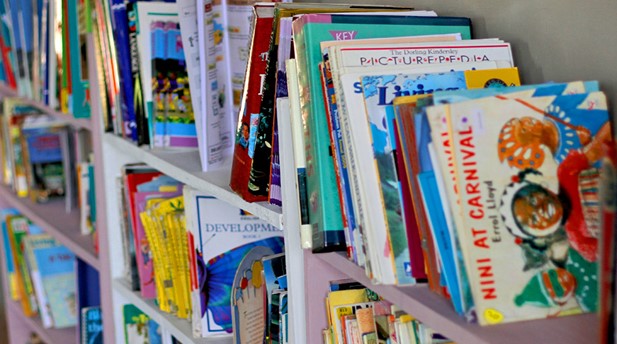برای شروع گفتگو با پشتیبانی در واتساپ، روی دکمه زیر کلیک کنید.

The fruitless search for the cause of the increase in illiteracy is a tragic example of the saying ‘They can’t see the wood for the trees’. When teachers use picture books, they are simply continuing a long-established tradition that is accepted without question. And for the past two decades, illustrations in reading primers have become increasingly detailed and obtrusive, while language has become impoverished — sometimes to the point of extinction.
A teacher’s main concern is to help young beginner readers to develop not only the ability to recognise words, but the skills necessary to understand what these words mean. Even if a child is able to read aloud fluently, he or she may not be able to understand much of it: this is called ‘barking at text’. The teacher’s task of improving comprehension is made harder by influences outside the classroom. But the adverse effects of such things as television, video games, or limited language experiences at home, can be offset by experiencing ‘rich’ language at school.
Instead, it is not unusual for a book of 30 or more pages to have only one sentence full of repetitive phrases. The artwork is often marvellous, but the pictures make the language redundant, and the children have no need to imagine anything when they read such books. Looking at a picture actively prevents children younger than nine from creating a mental image, and can make it difficult for older children. In order to learn how to comprehend, they need to practise making their own meaning in response to text. They need to have their innate powers of imagination trained.
The response of educators has been to extend the use of pictures in books and to simplify the language, even at senior levels. The Universities of Oxford and Cambridge recently held joint conferences to discuss the noticeably rapid decline in literacy among their undergraduates.
Do the following statements agree with the information given in Reading Passage?
In boxes 1-4 on your answer sheet write
YES if the statement agrees with the information
NO if the statement contradicts the information
NOT GIVEN if there is no information about this in the passage
1 It is traditionally accepted that children’s books should contain few pictures.
2 Teachers aim to teach both word recognition and word meaning.
3 Older readers are having difficulty in adjusting to texts without pictures.
4 Literacy has improved as a result of recent academic conferences.
0 از 4 سوالات تکمیل شده است .
پرسش و پاسخ:
YES / NO / NOT GIVEN 8
در حال حاضر آزمون را تکمیل کرده اید . شما نمیتوانید دوباره شروع کنید.
آزمون در حال بارگذاری است
شما برای اجرای آزمون باید عضو شده باشید یا وارد پنل کاربری شوید
شما برای شروع این آزمون باید آزمون های مشخص شده را تکمیل نمائید :
شما به 0 سوال از 4 سوال بدرستی جواب دادید
وقت شما:
زمان سپری شده است
امتیاز نهایی شما : 0
پاسخ داده شده : 0
تعداد سوالات صحیح : 0 مورد و امتیاز دریافتی 0
تعداد سوالات غلط : 0 مورد و امتیاز دریافتی 0
It is traditionally accepted that children’s books should contain few pictures.
Teachers aim to teach both word recognition and word meaning.
Older readers are having difficulty in adjusting to texts without pictures.
Literacy has improved as a result of recent academic conferences.